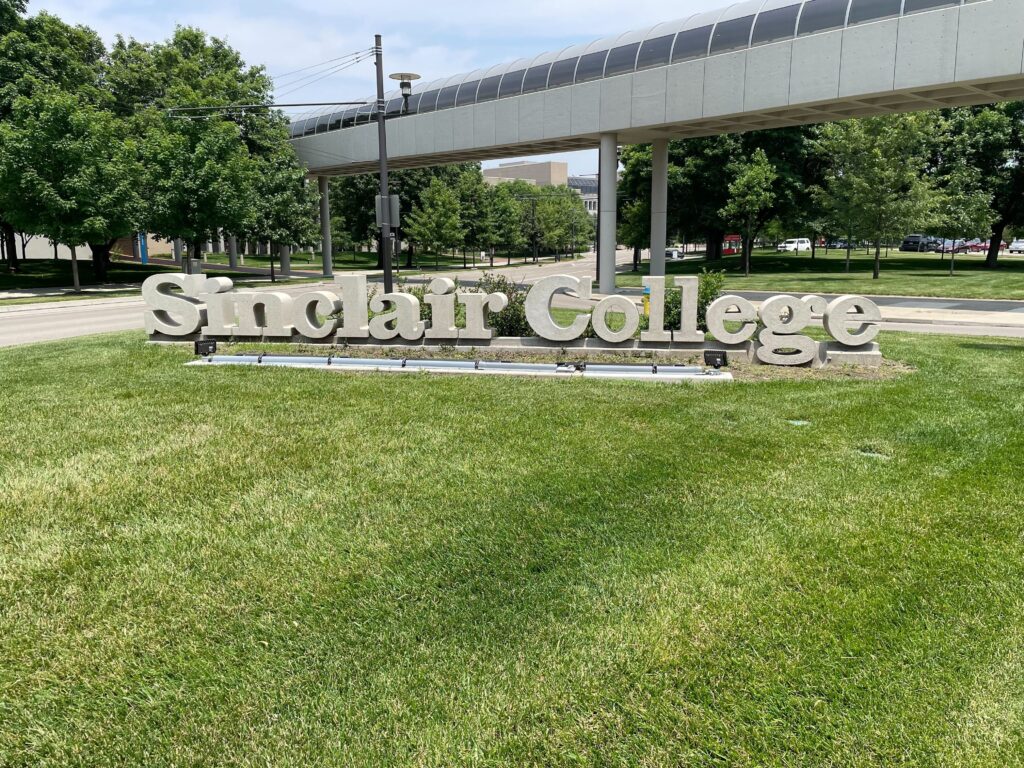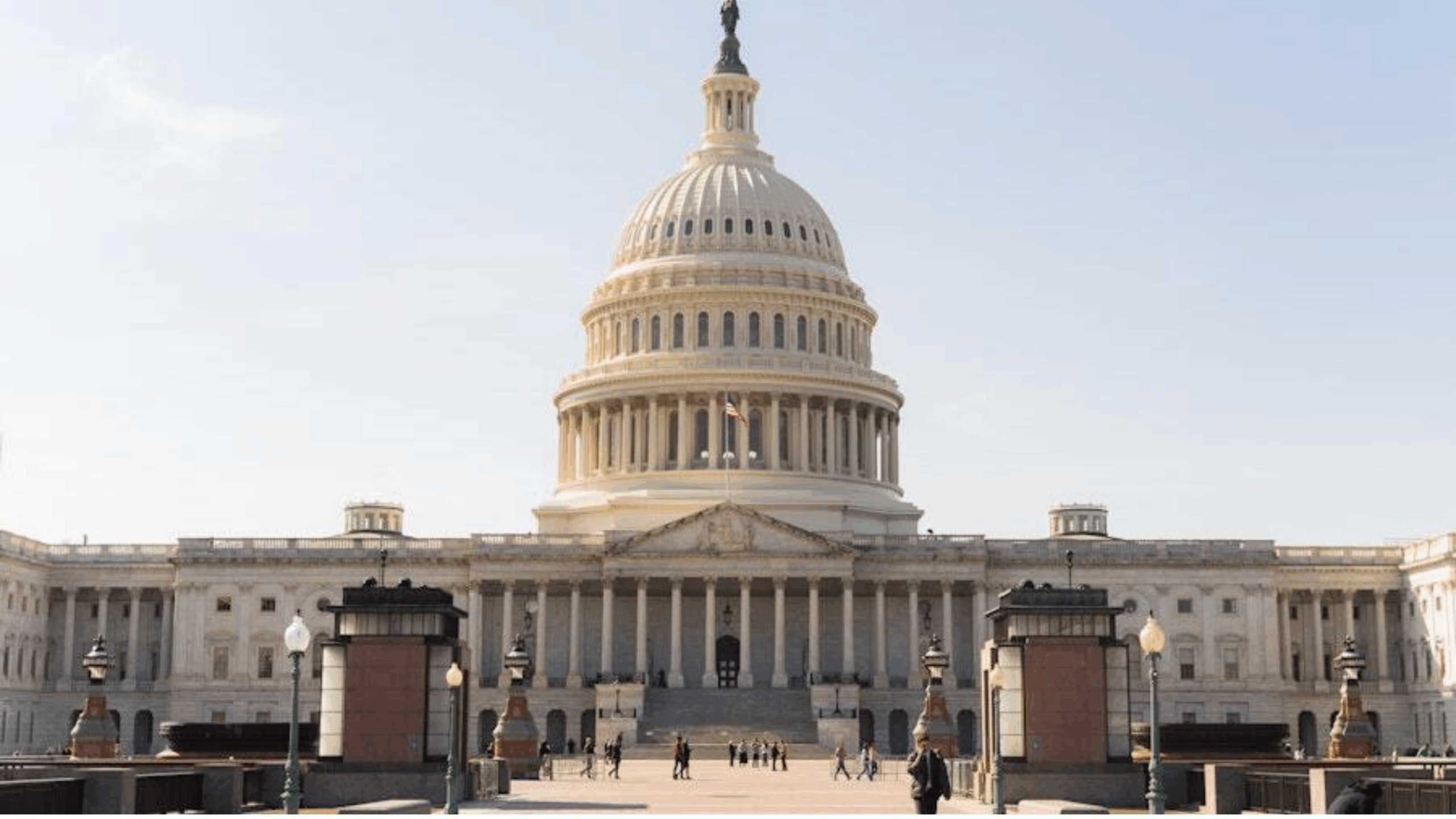At 12:01 a.m. on Wednesday Oct. 1, the federal government shut down. There have been 10 federal shutdowns since 1976, lasting anywhere from 1 to 35 days. The most recent and longest was in 2018, lasting from December into January.
Shutdowns occur when Congress fails to agree on budget points by an appointed deadline. In this case, the budget needed to be approved for October and beyond for 2026.

According to the BBC, about 750,000 federal employees will be furloughed (placed on unpaid leave) as a result, while Congress members will continue to be paid. Aspects of government considered essential will also continue, including Immigration and Customs Enforcement (ICE) operations and air traffic control.
For a community college student, federal issues can have a way of staying urgently “in one’s face” on a daily basis while simultaneously feeling too broad and out of reach to do anything about them. Following are a few things to know about how the shutdown may affect daily life.
- Financial aid for fall semester will not be impacted
Tartans received an email on Oct. 2 from Scott Markland, the senior vice president of student development, stating that there will be no delays or interruptions for students using financial aid for the current semester. This includes those enrolled in 12-week or B-term sections.
The processing of FAFSA applications is considered essential, so this government service will continue despite the shutdown. This means students needing financial aid can continue to apply for next semester. However, a source told ABC News that if an issue arises with applying for or accessing funds, support staff will be furloughed and unavailable to assist.
- Healthcare services may slow or pause

While emergency care and the “core” of healthcare will still be funded for patients with Medicaid, the American Academy of Physicians Associates says support staff may be furloughed if the shutdown lasts more than a few weeks. This can result in slower service, both when visiting an office and when trying to contact a help desk with questions about billing or eligibility.
Certain flexibilities for patients with Medicaid, such as Telehealth and in-home hospital care, were cut as of Oct. 1. These were put in place during the COVID-19 pandemic and have been extended by Congressional vote since. Now, patients receiving these services need to relocate to a hospital or commute to a clinic for in-person visits.
- Food assistance programs are still running, but at risk
The Special Supplemental Nutrition Program for Women, Infants, and Children (WIC) was used by an average of 178,839 Ohioans per month in 2024. The program, which supplies food and some healthcare to pregnant or breastfeeding women, infants and children up to age 5, is active in all 88 counties of Ohio and relies entirely on federal funding.

In a statement on Sept. 30 before the shutdown went into effect, the National WIC Association (NWA) said that “existing federal funds may allow WIC to remain open temporarily,” but that “the timing of this shutdown at the start of the new fiscal year puts WIC at risk of rapidly running out of funds.”
While there is no projected date for when these funds may run out, local food banks are preparing for increased traffic not only for those registered for WIC and other government-assisted programs, but for furloughed federal employees given Dayton’s large military population.
Students and faculty who have been personally affected, or feel they may be, are invited to share their stories in a letter to the editor. With general questions about updates at Sinclair, they may also call the Welcome Center at 937-512-3000.
Hannah Kichline, multimedia editor
Checkout more posts by the Clarion:
- How the government shutdown may hit home for Sinclair students
- Disc golf in Dayton continues to become more popular with each new season
- Your Voice: Early vs Late Classes
- Finding her voice, helping others find theirs: Dr. Kara Burnett’s journey to Sinclair
- Sinclair teaches the dangers of drinking and driving through their Tipsy Vision Event

